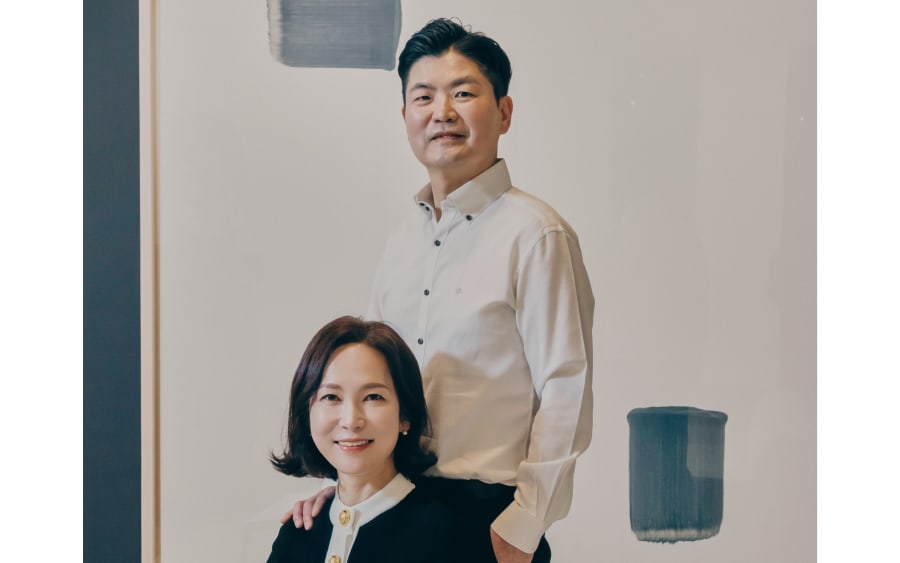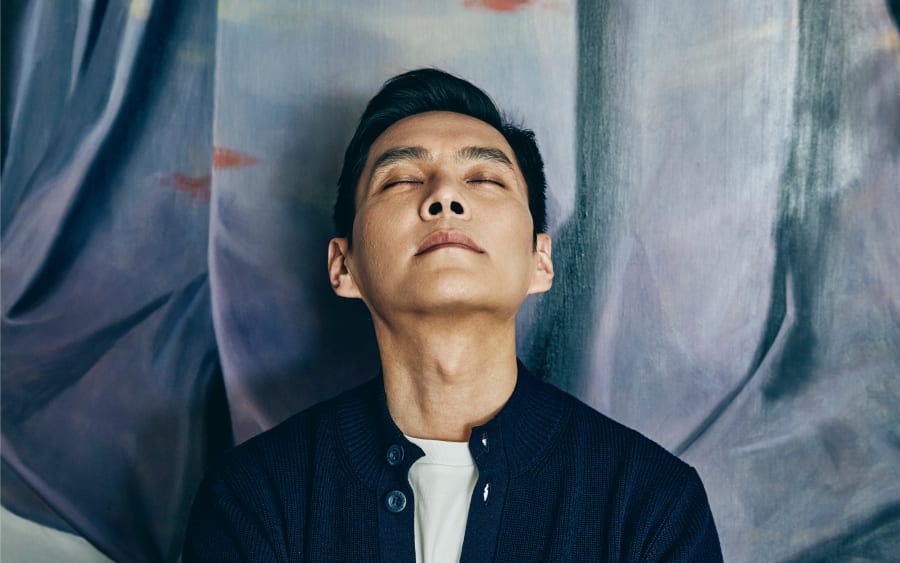In collaboration with Tatler China.
‘Twenty years ago, while studying at Cheung Kong Graduate School of Business, I met many classmates from the business world who had art collections in their homes. On one occasion, I visited a classmate whose home featured works by Leng Jun, Yang Fudong, and Cao Fei. These pieces reflect how contemporary Chinese artists interpreted our era, society, and country, as well as the lives of the people here – a reflection rich in cultural value. Real estate and stocks may be transient, but art can endure for decades, centuries, or even generations. One’s taste in art is a wealth that never fades.
‘I was born in the late 1960s and witnessed China’s economic reform, transitioning from a planned to a market-based economy. Initially, my collection centered on traditional ink painting and calligraphy, including works by Zhang Daqian, Qi Baishi, and Cheng Shifa. However, I often felt disconnected from their era. I sought something that resonated with shared experiences, which ultimately led me to contemporary art.
‘I started collecting contemporary art in 2003. It was a rainy weekend when, almost on a whim, I wandered into a gallery and saw Cheng Conglin’s Still Life. My wife called to ask where I was, and I told her I wasn’t feeling great and was at a gallery looking at paintings. “Do you even understand them?” she asked. I explained to her that somehow, the paintings had calmed me; with the sound of the rain outside, I felt a sudden sense of relief. From that moment, I fell in love with art collecting. At home, you’ll hardly find any law books – only art books, catalogues, and artist autobiographies.
‘Collecting is a gradual process. Over the past 20 years, I’ve collected more than 1,000 works of art. Initially, I focused on artists from the Sichuan Fine Arts Institute, who emerged after the reintroduction of the college entrance exam in 1978, such as Zhou Chunya and He Duoling. Over time, my scope broadened to include artists from across the country, and I developed my own criteria for finding the right artists: they need to be distinctive, have a personal style, and future market potential. My collection primarily revolves around Chinese artists born in the 1970s and 1980s, such as Liu Wei, Jia Aili, Huang Yuxing, Ouyang Chun, Yin Zhaoyang, and Wang Xingwei. Nowadays, I also collect works by younger artists like Hao Liang, Gao Ludi, and Yan Bing. For me, collecting always starts with liking the artwork itself. If you don’t like it, then it’s just something valuable on paper.
‘Most of my friendships are connected to the art world. As a board member of the UCCA Foundation, I’ve met many prominent collectors. Within the collectors’ circle, I’ve formed connections with well-known figures like Liu Gang, Tang Ju, and Wang Zhongjun, and I frequently join art tours and entrepreneur gatherings.
‘Two friends in particular come to mind. One is the artist Tu Hongtao, whose work I’ve been collecting since 2009, with pieces from each major phase of his career. Whenever I want to unwind, hear stories about artists, or discuss the contemporary art market, I always turn to him. The second is collector Qiao Zhibing, founder of TANK Shanghai and a highly respected figure in the art world. He once said, “If there’s something I don’t understand, I’ll seek out those who do and learn from them.” This statement left a deep impression on me. Qiao continues to learn from international artists and institutions, constantly expanding and refining his perspective.
‘At a certain level of collecting, there comes a desire to share that beauty and joy with a broader audience, which necessitates a display space. The Taihe Tai Center, a 33-story building in Shenzhen, serves as a venue for displaying installations, sculptures, paintings, and video works from my collection. I’ve created an art space in the lobby, and the reception floors, conference rooms, and club areas of the law firm also showcase artwork. I also display art in dozens of my offices across the country, encouraging dialogue with the broader public.
‘My artistic legacy is embodied in my eldest son. He spent 6 years studying in the UK, where he earned his bachelor’s and master’s degrees in museum management and arts administration. The art trade is set to grow in value, making this an industry of great importance for the future of China. A strong culture contributes to a strong nation; by keeping pace with the market and the times, we can transform this profession into a thriving industry.
‘My son currently works at an art institution and is about to pursue a doctorate in art history. Together, we’ve established the ti Art Foundation. While he hasn’t followed in my footsteps as a lawyer, he has embraced another “profession” of mine. He has already begun collecting works from artists born in the 1990s and 2000s, and our collections intersect and complement one another. I have great faith in his vision and offer him plenty of encouragement. He leans more toward video art, while I focus on painting and sculpture; these differences have actually brought us closer as father and son.
‘While law is grounded in rationality, art is fundamentally about emotion. My passionate journey into art collecting has enriched my life with love and joy, along with its share of melancholy and pain. What started as a passion for collecting has transformed into a second profession. While being a lawyer serves as my foundation, art collecting is where my true passion lies.’
This article is part of a year-long collaboration between Art Basel Hong Kong and Tatler China, originally titled ‘The Collector’s Gaze’.
Caption for top image: Cheng Shoutai. Photography by 邱小樂. Courtesy of Tatler China.
Published on October 22, 2024.


